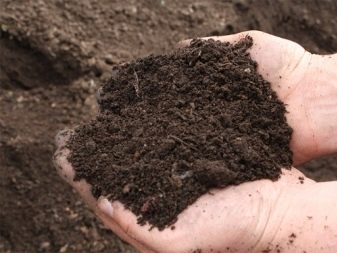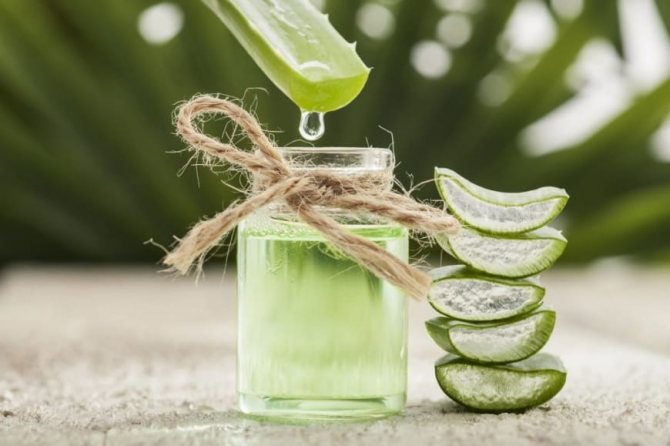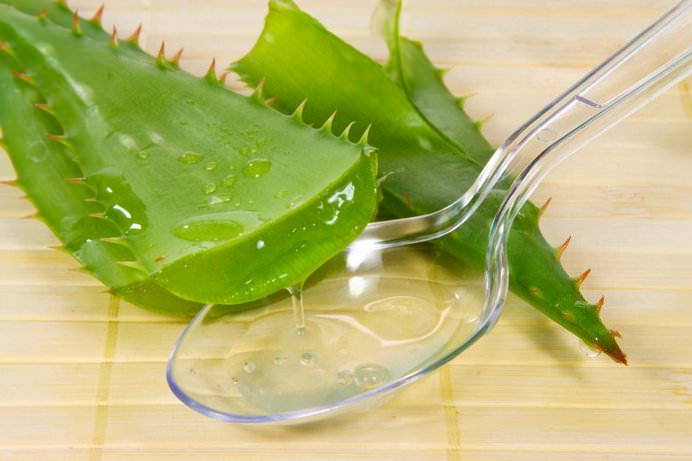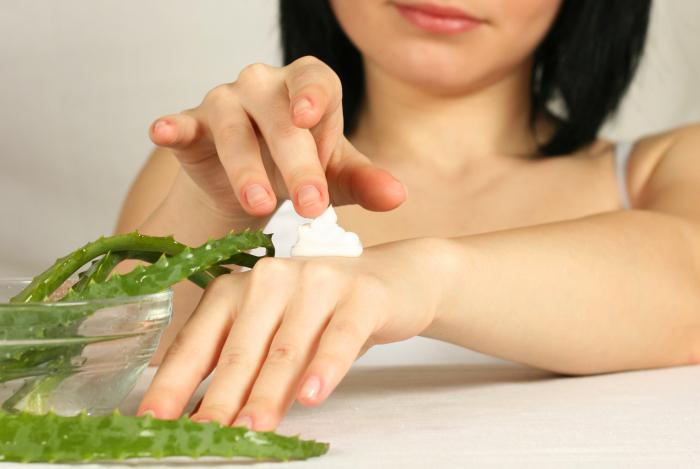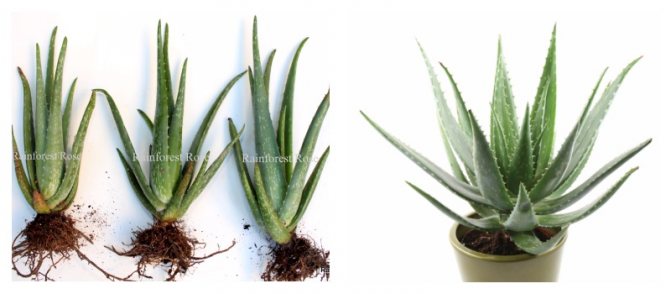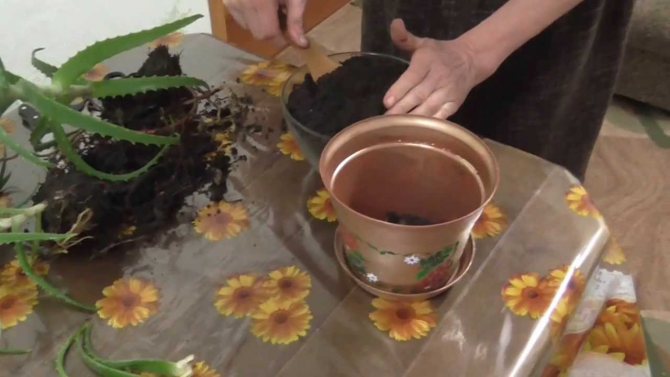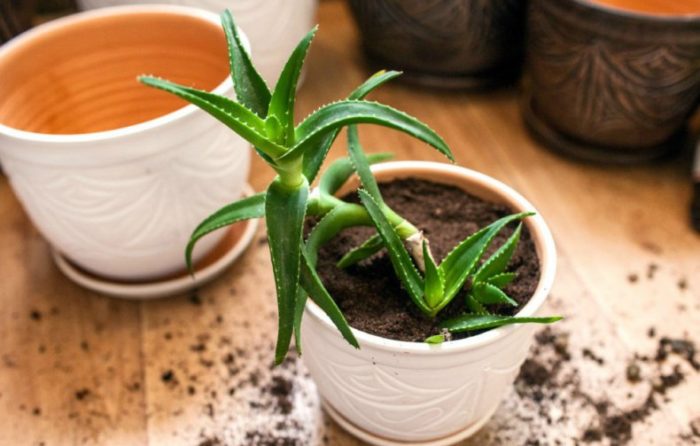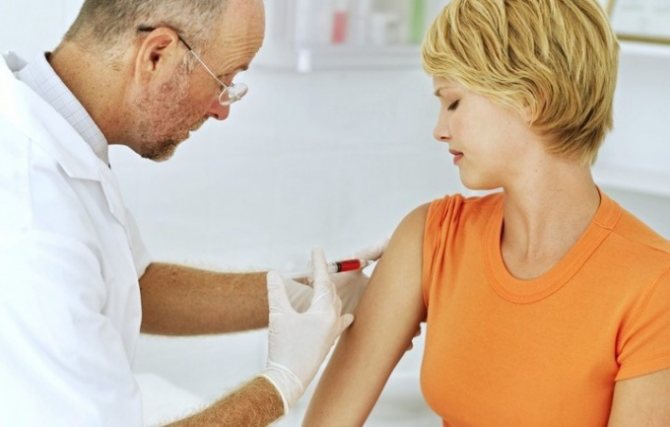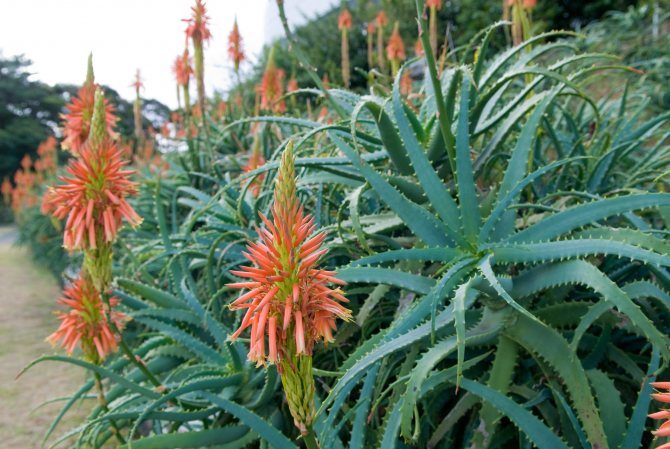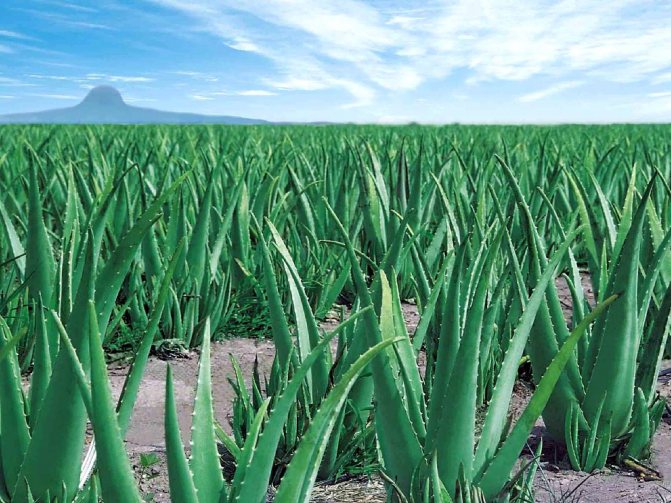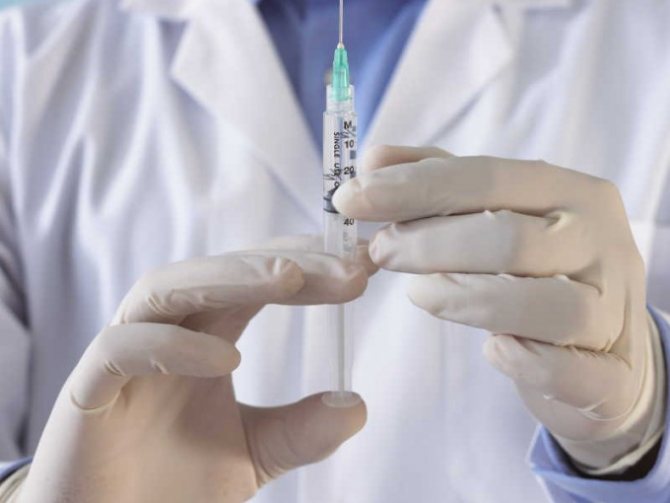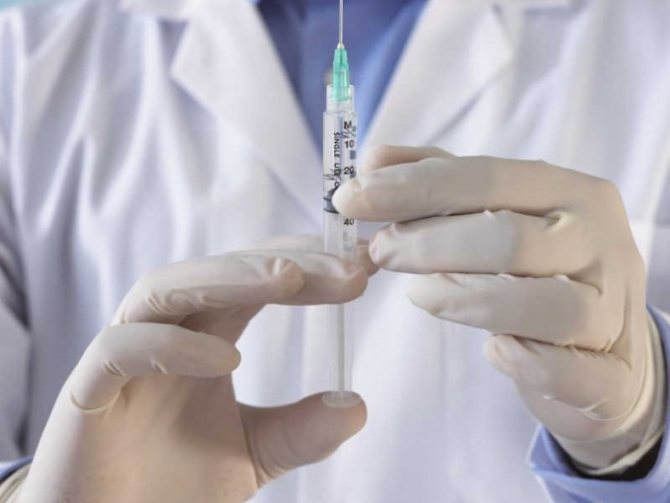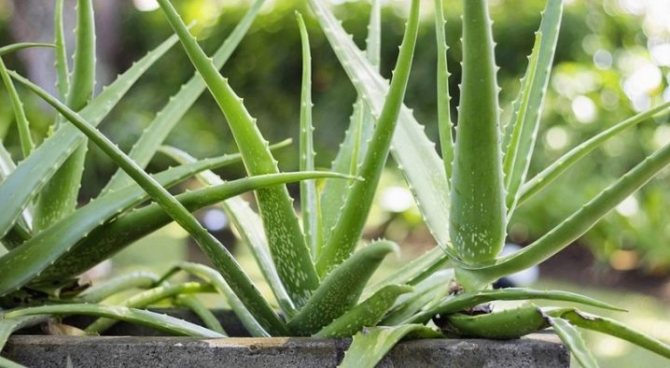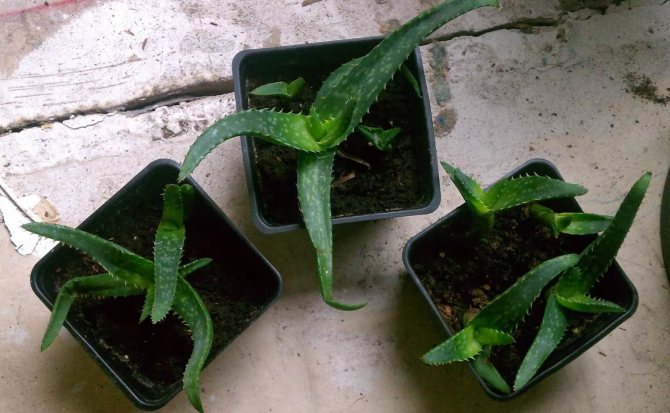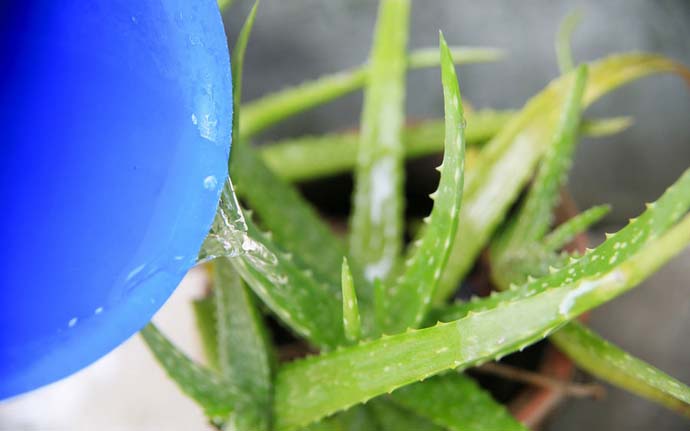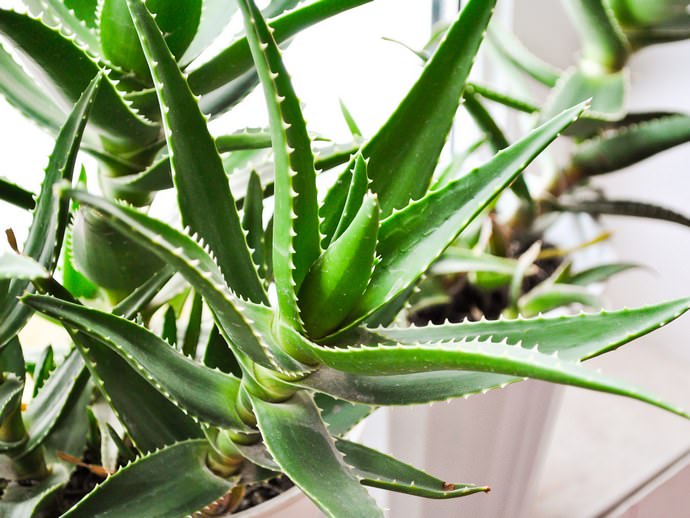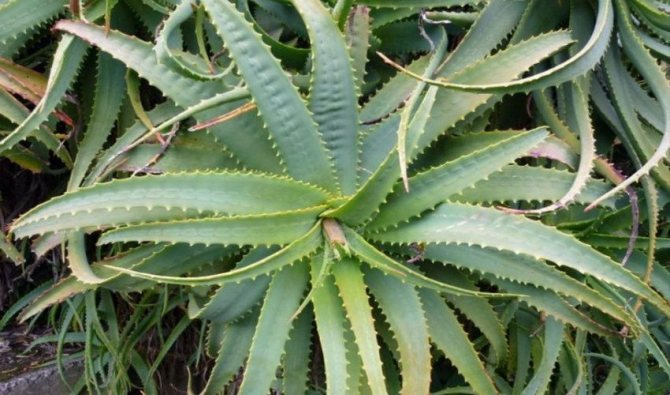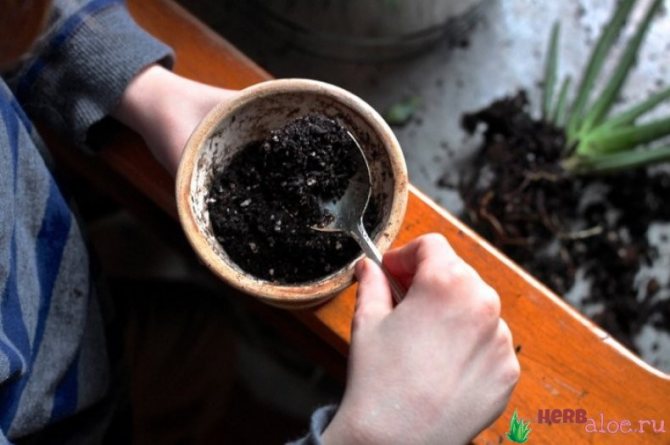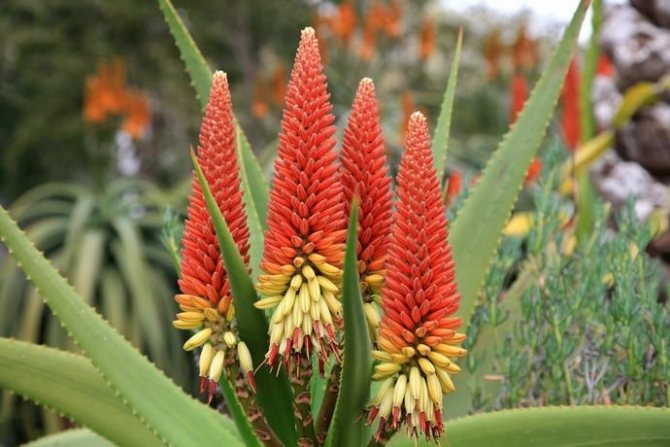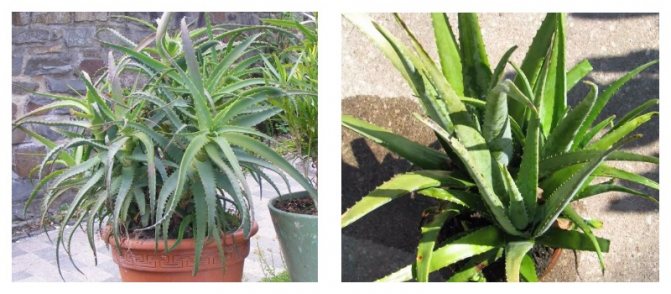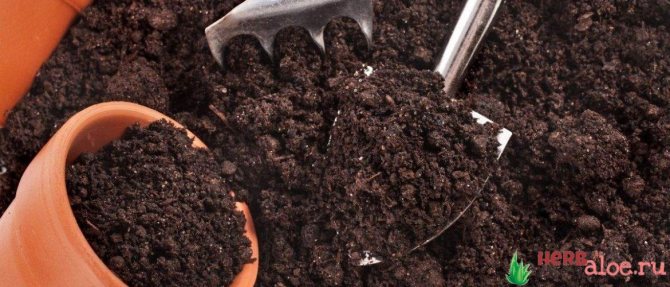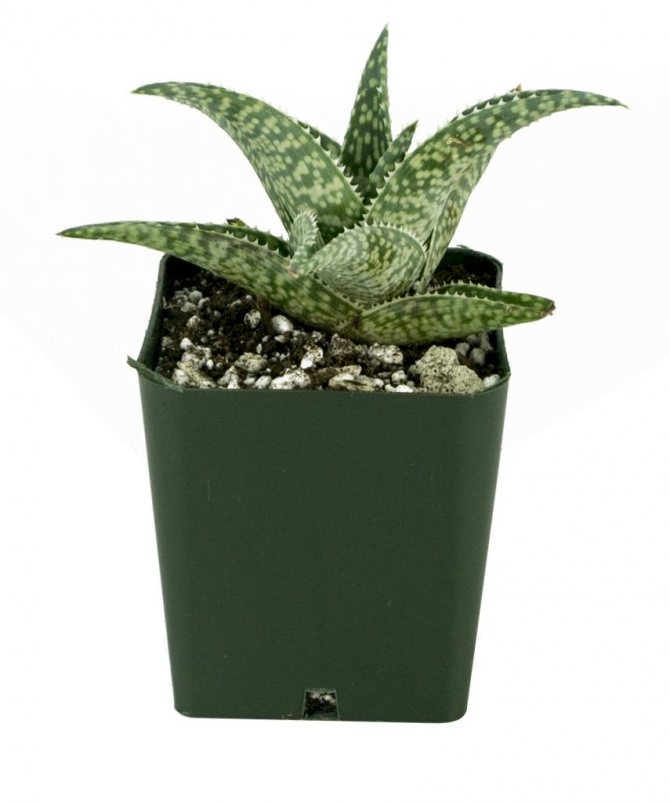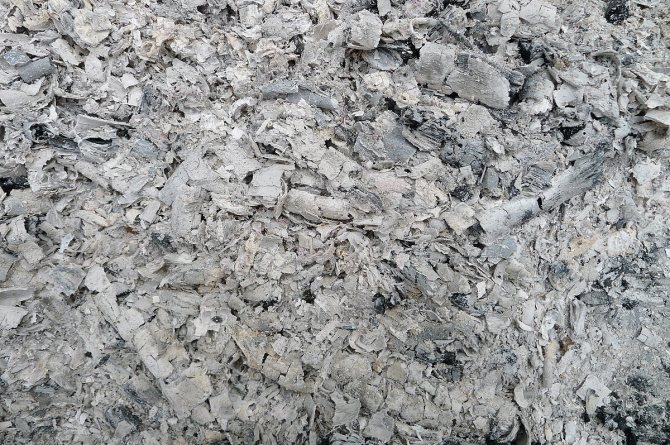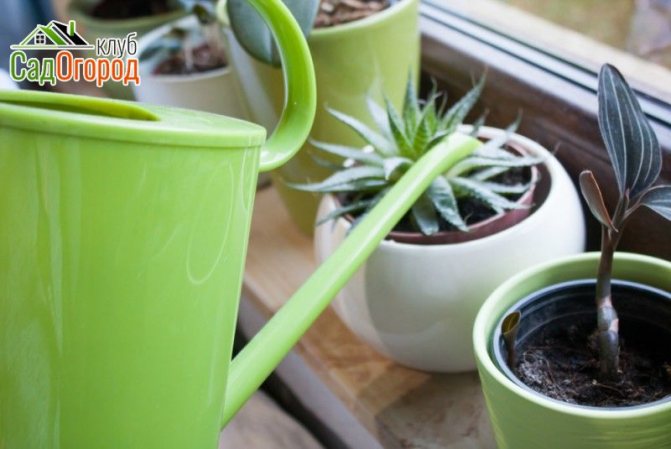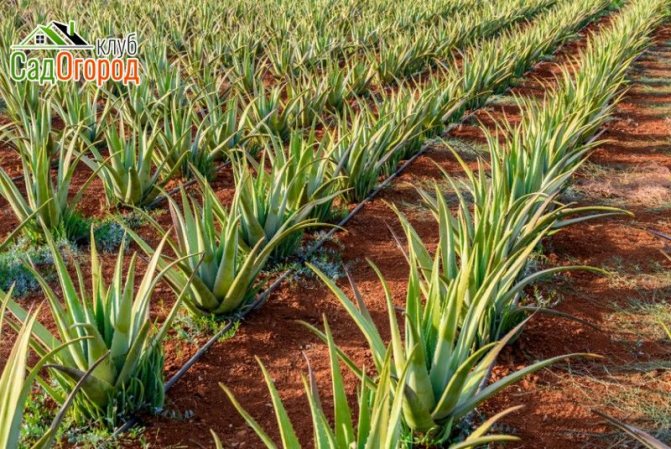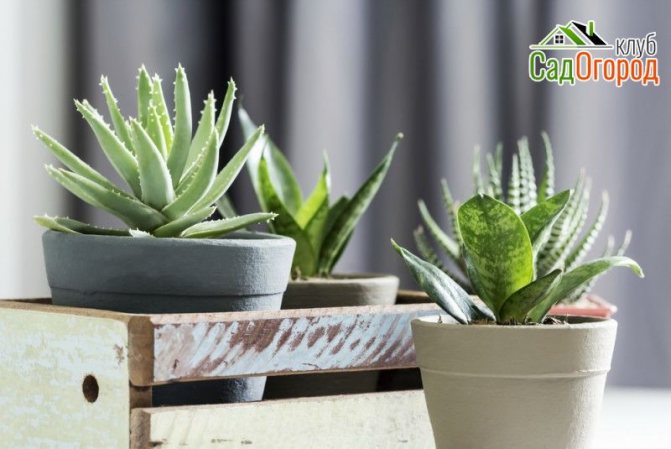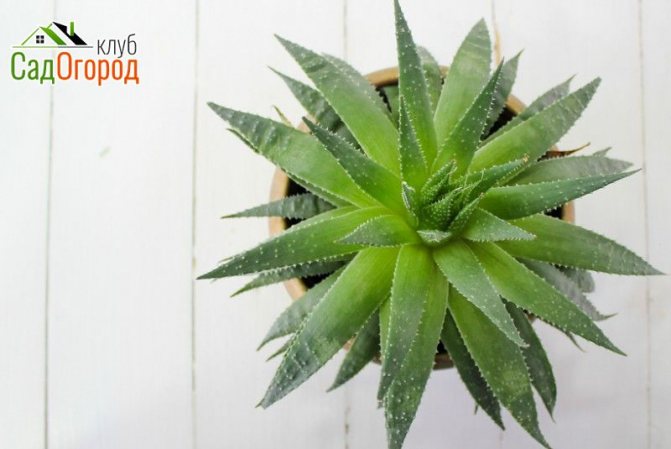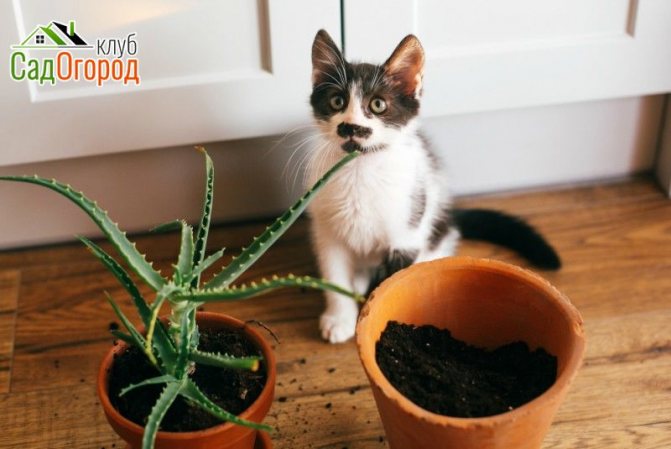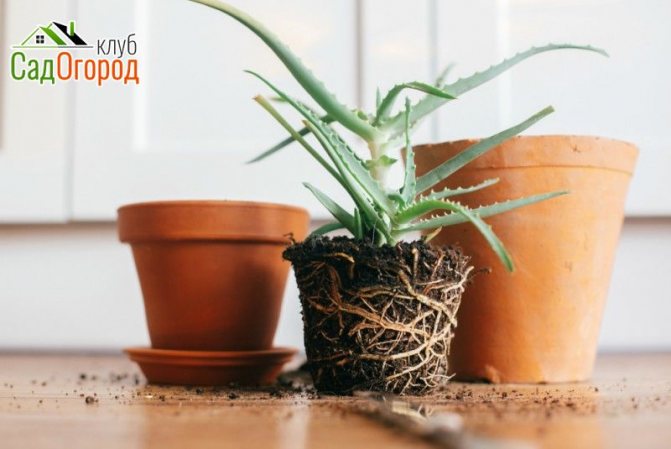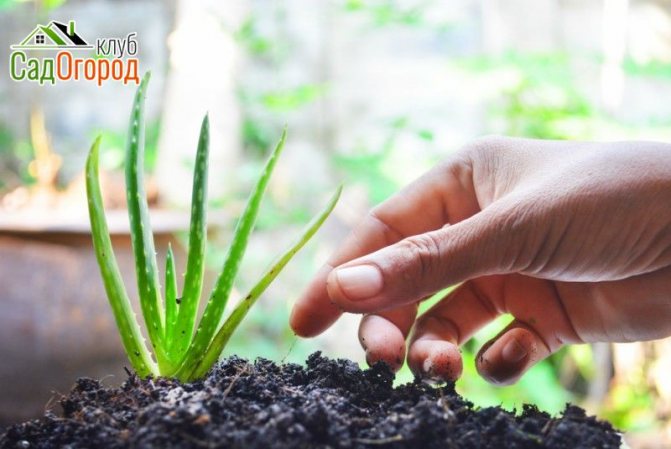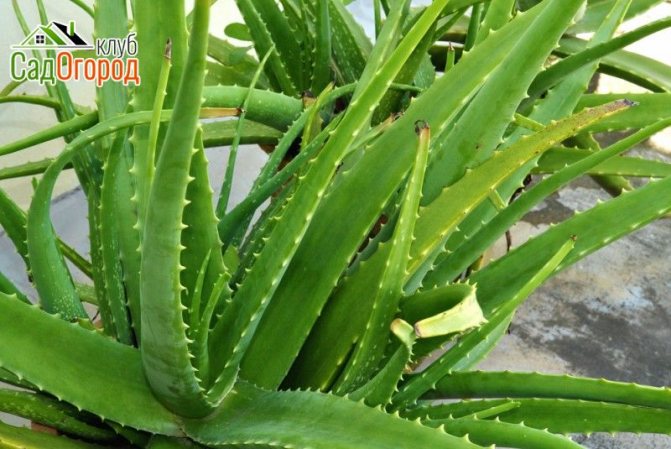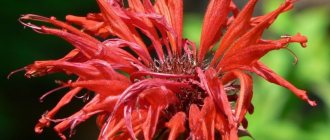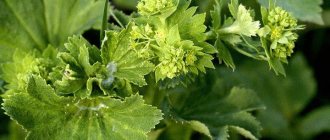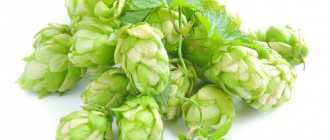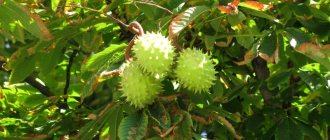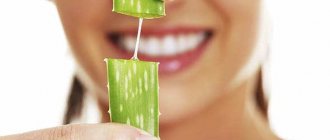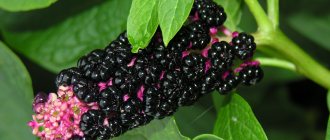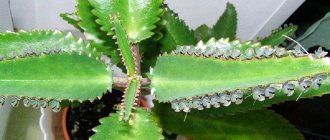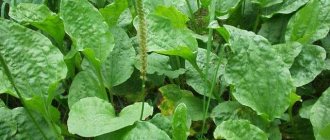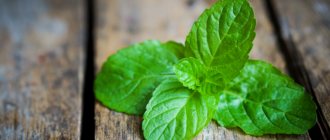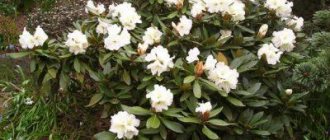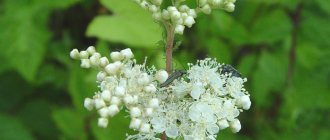All articles of the author
Maxim Fadovsky
A specialist in a healthy and healthy lifestyle.
Aloe is one of the most famous and widespread medicinal plants. Its popularity is due to its excellent therapeutic properties and availability - without much difficulty, this succulent can be grown at home, it is unpretentious. Two types of aloe are most actively used: tree or agave and aloe vera - in injections, ointments, creams, tinctures, etc. Aloe injections are of particular value in medicine due to their quick and effective effect on the body.
Biological features of aloe
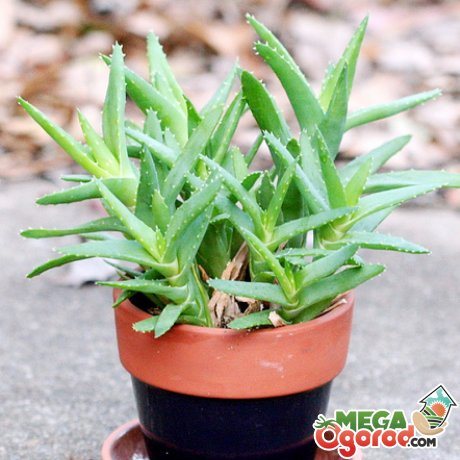
In nature, there are about four hundred species of aloe growing in Africa. But in home flower beds, aloe vera and a tree type of plant called an agave are most often found:
- In aloe vera, or Barbados, native to the Canary Islands, fleshy leaves with spines on the sides grow directly from the root rosette. The plant does not have the main stem, and it is small in growth, not even a meter.
The tree-like aloe reaches a height of two or more meters with good care. Over time, its powerful stem becomes covered with a lignified layer. Leaves with a dense glossy plate are located on the stem. They are oblong-lanceolate, oval in shape, and form a rosette in the upper part of the tree. The color of the leaf plate is dark green, sometimes covered with a bluish bloom. There are plant species with a beautiful color and pattern on the leaves.
Under their dense surface there is a flesh that tastes bitter. The juice contains substances that irritate the mucous membrane of the digestive system. Aloe blooms with orange or yellow flowers, collected in brushes or panicles. Although at home flowering of aloe is rare, the tree is used for decorative purposes.
The beauty and healing properties of aloe have brought him the love of most flower growers.
The leaves of both types of agave are used to treat constipation, colitis, insomnia. Healing ointments and tinctures are prepared from the juice. It is buried in the nose with a cold. The plant is attributed to the Asphodelov family, although there is still controversy regarding the classification among scientists.
Medicinal properties of aloe
Centennials are a source of juice of amazing healing power, which is used both in therapeutic and cosmetic practice. The leaves of the plant contain a unique phytocomplex that has properties to slow down and suppress cancer cells, bacteria and viruses. Moreover, this the complex actively stimulates the process of regeneration of damaged tissues, has a positive effect on the processes of self-healing of organos at the cellular level.
The use of juice from aloe leaves is justified for many diseases:
- with insufficient production of bile;
- with a low level of hemoglobin;
- with skin lesions of any origin, including eczema, burns, boils, and even skin cancer;
- with colds, viral and bacterial infections;
- with intestinal infections;
- with pulmonary diseases.
How to properly plant an aloe plant without roots
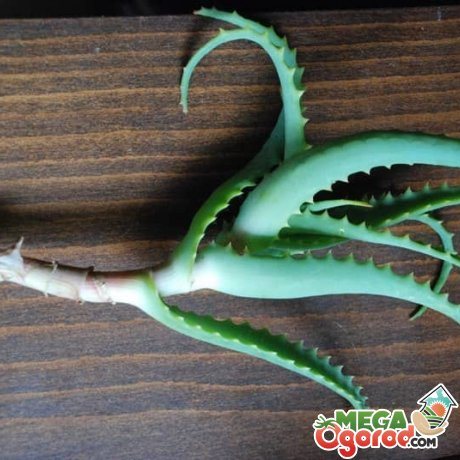

Agave propagation occurs in different ways. But more often they use cultivation from a shoot without roots.Both apical cuttings and lateral processes are used for planting:
- The top of the stem is cut 5-10 centimeters long. There must be several leaves on it. The cut is sprinkled with crushed coal, and the shoot is left in a cold place for a day. The next day, wet sand is poured into the container, adding a little soil substrate. The cutting is placed in the sand to a depth of 2-3 centimeters. Before the shoot takes root, monitor the state of moisture in the sand. If it dries out too much, the stalk will die.
- Aloe is often planted with lateral processes. The procedure is carried out in spring or summer. Cut the shoot as close to the base as possible. Slightly dry the shoot by placing it in the refrigerator, wrapped in paper. He should be there for up to 4-6 days. Root the shoot in wet sand. Some people use a different rooting method by dipping the shoot into water. But the result of the action will not always be positive. It will be better to feel the shoot without roots in wet sandy soil. After the young shoot begins to grow, turn green, it can be transplanted into another pot.
The method of propagation by shoots for succulents is reliable and gives life to a new plant.
Agave diseases (aloe)
If the leaves stretch out, decrease in size, it means that the aloe does not have enough light and you need to transfer it to another place or transplant it into open ground.
Aloe is sick mainly due to improper watering, as mentioned above. The first signs are darkening of the root part of the stem and subsequent decay. Reduce watering and change the water supply method from top to bottom. After a while, the plant recovers.
Lack of moisture can lead to curling of the leaves. This is more noticeable on the tree-like aloe. The leaves are thin.
Leaves fall off due to watering with cold water. In a state of growth, the flower is watered with room water. At rest, the liquid should be 5 - 6 degrees warmer.
It is worse when dark spots appear on the leaves, which are soft to the touch. This is a fungal infection and you need to apply fungicides, disinfect the roots with potassium permanganate and transplant into another pot with new soil.
Pests can settle on aloe - phylloxera, scale insect. If the soil has not been properly disinfected, nematode larvae may remain in the soil. There is only one way out - to change the soil and it is good to clean the root system from the old soil, in which pests may remain.
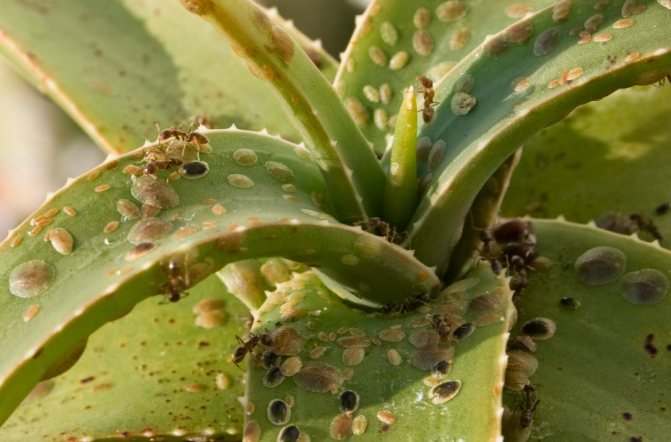

Recommendations for further plant care
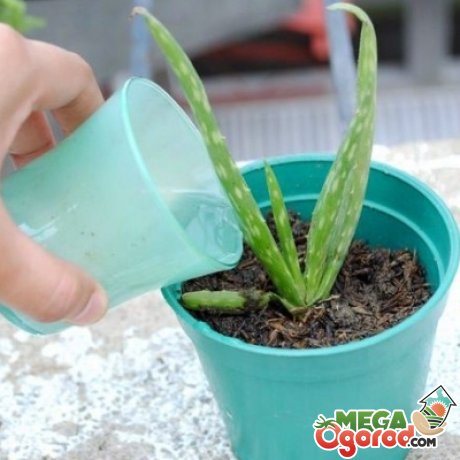

The rules for caring for a newly planted shoot are simple:
- Watering is carried out 1-2 times a week with settled water. It is not necessary to fill the flower, otherwise it will rot. For him, drying the top layer of the soil is better than finding the roots in swampy soil.
- Of the mineral fertilizers, mineral complexes are used for the agave, especially for succulents. Better to make them once a month.
- Spraying for aloe is not carried out. Leaves can only be wiped with a damp cloth, removing dust deposits from them.
- For a heat-loving plant, the air temperature in the room is important. It should not be below twenty degrees in summer and fourteen in winter.
- The flower does not tolerate stuffy rooms. Plants should be ventilated more often.
- Aloe also needs a lot of sun, but the bright rays of the luminary can burn the leaves.
- Of the parasites, aphids or scale insects attack succulents. If pests are noticed on the leaves, then wipe the plates with a cotton swab dipped in alcohol. Spraying with garlic tincture will help a young plant to get rid of insects.
Attention to its delicate shoots requires a decorative perennial from the owner.
Potato BAKING in a princely way: tastier only at grandmother's!
In our area, potatoes are cooked almost every day. So that your loved ones don't get tired of your loved ones, we offer you this incredibly tender, delicious casserole recipe.The name speaks for itself, because ...
20 September 2019, 14:10
Root rot
The owner of the plant is almost always to blame for the occurrence of this disease, since excessive watering is the cause. The roots of aloe begin to rot, the bottom of the stem also rot, and growth is not observed even with normal care.
If you notice these signs, immediately remove the rotten part of the root, sprinkle the rest of the root with ash. Ash or charcoal can also be added to the soil to prevent further root rot development.
Spider mite
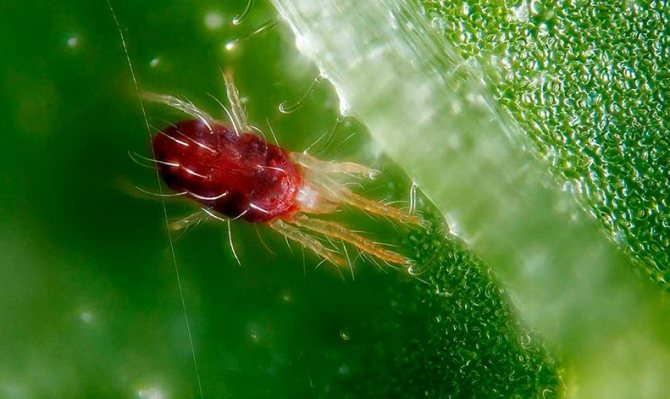

Photo source:
Very small (up to 1 mm), but extremely dangerous pest. It is very difficult to see the ticks themselves, but you cannot fail to notice the cobwebs on the leaves. But when the attack of ticks becomes maximum, you can see them on the bottom of the sheet. Another sign of the appearance of mites is a change in the color of the leaves to yellow, and in the last stage to red.
You need to fight the tick immediately, as the pest spreads quickly. Treatment mainly consists of the use of acaricides, and for prevention, try not to forget to periodically wipe the leaves (especially the lower ones) with an alcohol solution.
Possible problems of growing an agave
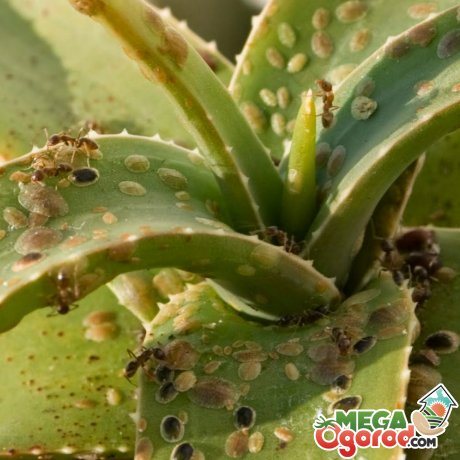

Among the problems of growing aloe are those that may not arise with the correct organization of planting:
- Transplanting the rooted shoot of the agave to a permanent place, take a large pot with a volume of three liters. The mixture is prepared from earth, humus and sand. Without a layer of drainage, the succulent will feel bad. Indeed, the agave most often dies from excessive soil moisture. How much moisture is inside the pot is not visible. Only loosening the soil will help determine if there is excess liquid inside or the plant has absorbed all the water.
- Lack of light is a common problem in aloe growing. If the leaves become lethargic, begin to thin out, urgent measures must be taken to save the plant. To do this, find another place, well lit. It is possible to organize supplementary lighting of a houseplant with fluorescent lamps in winter.
- The composition of the soil is important in the development of aloe. The increased content of humus in the substrate will give strong growth to the flower, which will lead to a weakening of the stem. Such loose, obese plants hardly survive the winter, they cannot bear even a slight decrease in the temperature in the room.
- The tightness in the pot also leads to diseases of the agave. If the roots have braided a lump of earth inside the container, then only an urgent transplant into a pot of larger diameter will save the aloe.
The centenary belongs to plants that easily endure difficulties, but if serious problems arise, the flower may die.
More information can be found in the video:
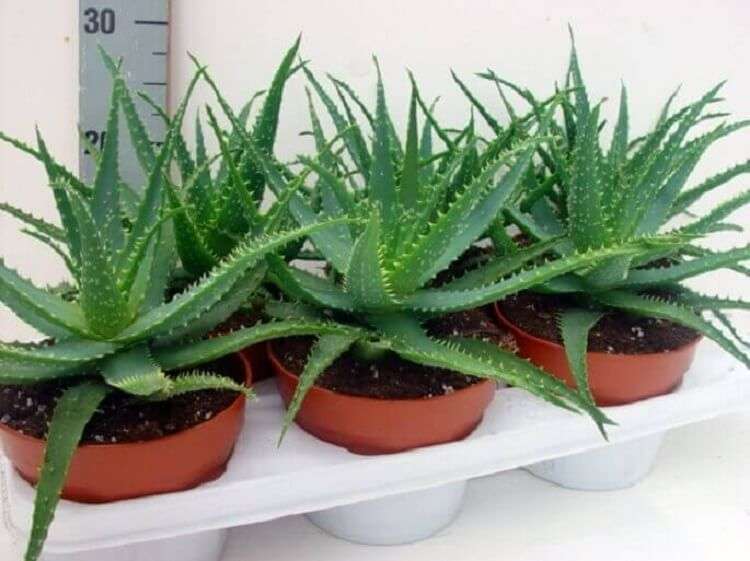

Aloe rarely pleases with flowering at home, but at the same time it is a favorite of many flower growers. This plant is known for its outstanding form, medicinal properties, and the usefulness of its juice for the skin. It is characterized by the peculiarity of always growing the lost part, which is very remarkable for the reproduction of a flower. You can learn how to plant aloe without roots from this article.
Contraindications
Despite the medicinal properties, aloe injections also have contraindications:
- hypersensitivity to the components of the drug;
- age up to one year;
- pregnancy;
- inflammatory diseases of the gastrointestinal tract in the acute stage;
- acute cardiovascular disease;
- renal failure;
- hypertension.
When treating elderly patients, the drug should be used with caution. It is recommended to stop breastfeeding during the course of therapy.
Breeding aloe at home
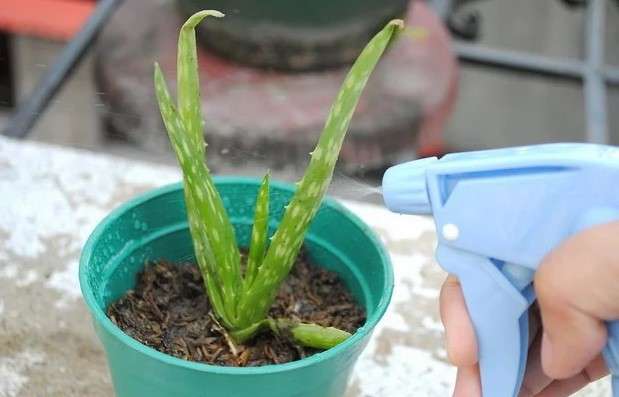

In order for aloe to develop normally in indoor conditions, it must be pampered with nutritious soil. Immediately after transplanting into a new pot, you should feed the plant with fertilizers for succulents:
- complexes containing minerals must be added directly to the soil, and not to the flower itself;
- in spring and summer, the frequency of fertilizing should be at least once every two weeks;
- fertilizers can only be added to a moistened substrate.
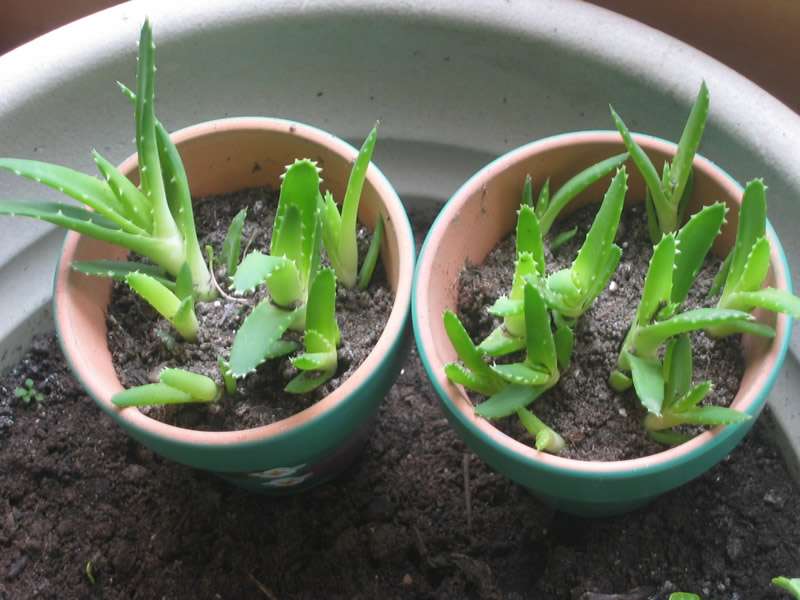

Aloe multiplies easily at home. You can use seeds for this, but planting and growing them is a very long and laborious process. Better to resort to vegetative propagation - cuttings or shoots.
Scopes of aloe injections
The succulent liquid extract is used as a biostimulant in the complex therapy of chronic diseases:
- in pulmonology (pneumonia, chronic bronchitis);
- in gynecology (adnexitis, endometritis);
- in gastroenterology (stomach ulcer and duodenal ulcer);
- in dermatology (trophic ulcers).
Gynecology
Aloe injections in gynecology are prescribed for:
- adnexitis;
- endometritis;
- vulvitis;
- genital warts;
- mycoplasmosis, chlamydia, ureaplasmosis and other sexually transmitted infections;
- inflammation, erosion of the cervix;
- obstruction of the fallopian tubes.
Aloe injections will also help to quickly rehabilitate after surgery, for which they are prescribed in gynecology in the postoperative period. They have an immunomodulatory effect, fight inflammatory processes, help the body recover quickly - the scope of application of aloe injections in gynecology is wide. The healing properties of aloe.
Gastroenterology
Aloe liquid extract for injection is used for gastrointestinal diseases. Aloe injections have the following effects:
- help in stopping the inflammatory process with gastritis;
- fight infections;
- help in the treatment of gastric ulcer and duodenal ulcer due to anti-inflammatory, antimicrobial action;
- relieve pain accompanying indigestion.
Bananas and flaxseed oil in the treatment of gastrointestinal diseases. Application of aloe vera gel for health, skin and hair.
Chronic respiratory diseases
Aloe injections are used in pulmonology to treat diseases such as:
- bronchial asthma;
- pneumonia (aloe cough);
- Chronical bronchitis;
- tuberculosis.
Trophic ulcers
Due to its regenerative functions, succulent improves blood flow and metabolic processes in tissues, contributing to the healing of trophic ulcers and other skin lesions - wounds, abrasions, burns. For these purposes, they are used externally.
Why do you need a scion
Planting aloe without roots is an absolutely real task, for which you will need a branch of the plant. How to take a scion from an aloe? It is carefully cut at a minimum distance from the stem, and the cut site is treated with activated carbon at the same minute. The cut off part is stored for a day or two in a dry and preferably dark place. During this time, a kind of film is formed on the sprout, which performs a protective function and serves as a conductor of nutrients.
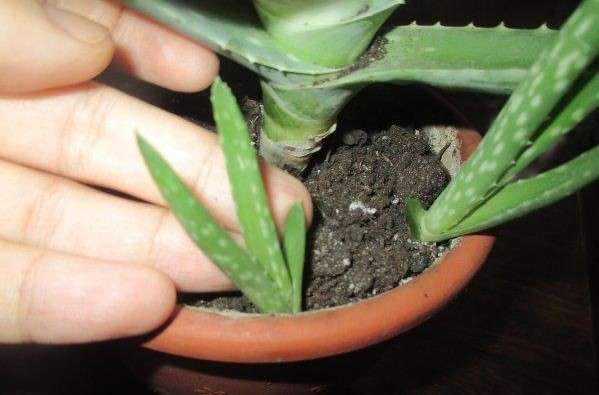

How to plant an aloe in a pot with a shoot? It is necessary to immerse it in the soil 2-3 cm with a cut down, so that it takes an upright position and is stable. It is also recommended to overlay small pebbles or sawdust on all sides so that the green mass on top of the soil does not touch the ground. The planting material is covered with a glass jar or a regular plastic bag. The pot with the plant is placed in a well-lit place. In order for some of the aloe to form roots more rapidly, it can be pretreated with a growth stimulant.
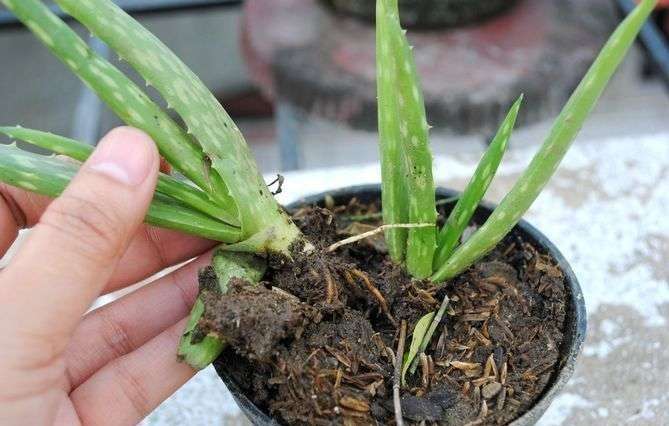

Caring for a planted flower is quite simple:
- systematic soil moistening, plant spraying and airing;
- in order to prevent rotting, it is better to water with the help of a pallet placed under the pot;
- use only lukewarm water;
- keep the pot in a bright place, but protect the planted sprout from direct sunlight.
Aloe: properties (video)
Aloe must be transplanted carefully, without destroying the earthen coma. The procedure for transferring to a larger pot is most suitable for this crop.
In parallel with the transplant, you can do reproduction. Flowers that have formed two stems are ideal for this. During transplanting, you need to carefully separate the smaller plant, preferably with part of the root system, and transplant it into a small pot with drainage. You can use standard succulent mix.
If the plant has formed basal processes, you can carefully cut them off from the mother plant and put them in the water for rooting. This method of propagation can be carried out at any time, even on those plants that are not yet ready for transplantation.
Those types of aloe that do not form basal rosettes and offspring can be propagated by a leaf. To do this, adult leaves are cut from the plant and left to dry for at least a day. When the cut becomes completely dry, the planting material is planted in pots with a loose and moist soil mixture, consisting of both sand and clay-humus substrate.
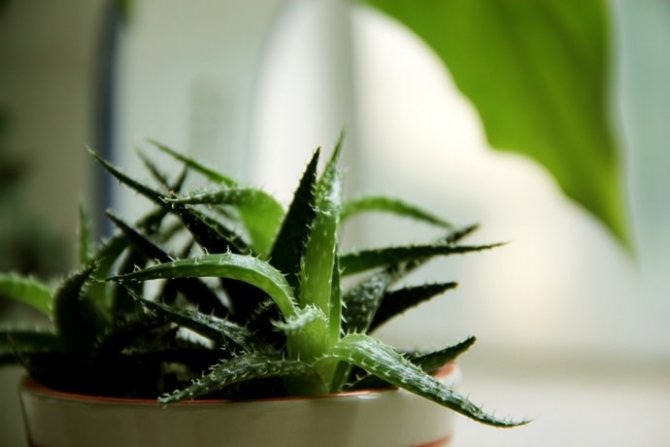

Planting dates and the right choice of soil
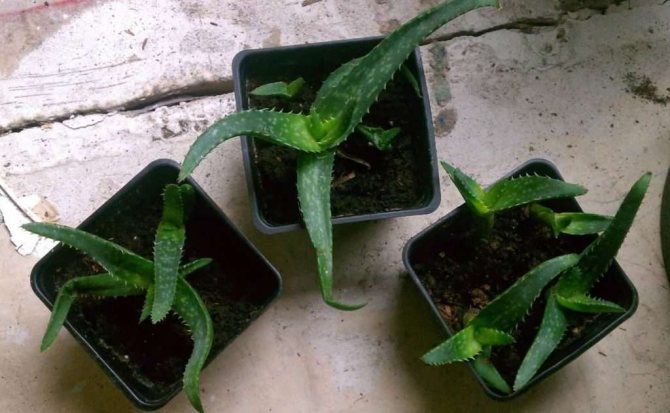

The most optimal period for planting aloe is spring. From mid-March to the end of May, the flower is activated in its growth, develops rapidly and takes root in a new place. If necessary, planting a plant can be done in autumn or even winter, but in this case, the probability of its death is high.
Before transplanting an aloe sprout, it is necessary to choose the right soil, which contributes to the rapid rooting of the sprout. It thrives best in balanced cactus soil. The main thing is that the substrate contains a lot of nutrients and iron.
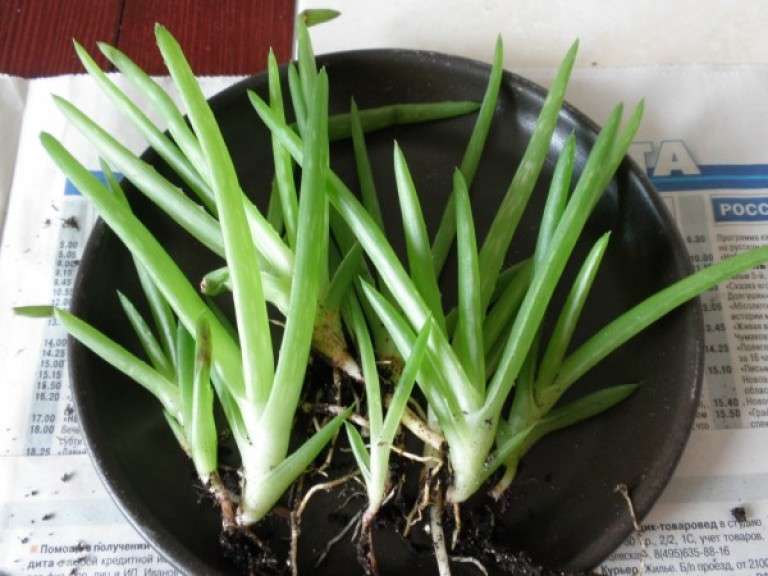

Basic soil requirements:
- it should be well loosened, with excellent air permeability;
- neutral or slightly acidic soil is most acceptable;
- charcoal or sand can be used as additives.
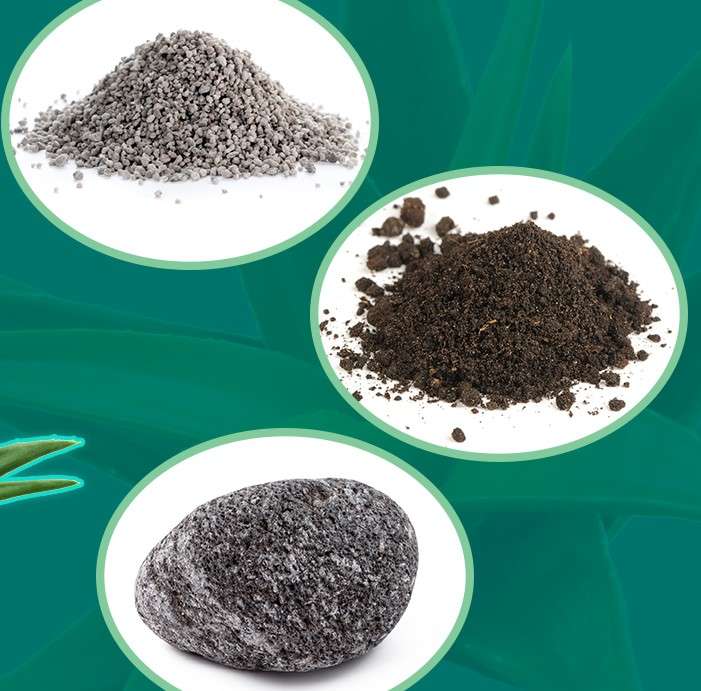

It is not recommended to add peat, otherwise the substrate will become too acidic. Before using the land for growing aloe, it is advisable to expose it to high temperatures.
Review of agave treatment reviews
Reviews on the use of aloe for medicinal purposes are mostly positive. People note its anti-inflammatory, healing, tonic, immunostimulating properties, which help to use the agave in the treatment of a variety of diseases.
There are more positive reviews about the drug than negative ones. It is noted that aloe injections:
- relieve symptoms of diseases, reduce or remove painful sensations;
- improve blood circulation;
- increase the vitality of the body;
- strengthen the immune system;
- accelerate wound healing;
- improve the condition of the skin.
Some patients find aloe injections ineffective; reviews also point to:
- the appearance of side effects (nausea, vomiting, diarrhea, increased body temperature and blood pressure);
- the occurrence of allergic reactions (redness, itching, skin rashes);
- painful injections;
- the high cost of the drug in the course of treatment.
Cuttings
There are really a lot of options on how to grow aloe from a shoot without roots. One of the most effective ways is grafting. It is best to resort to it in late spring - early summer. For reproduction, lateral shoots are needed that grow along the stem. They are cut off with a disinfected knife and kept in a dry room for several days.
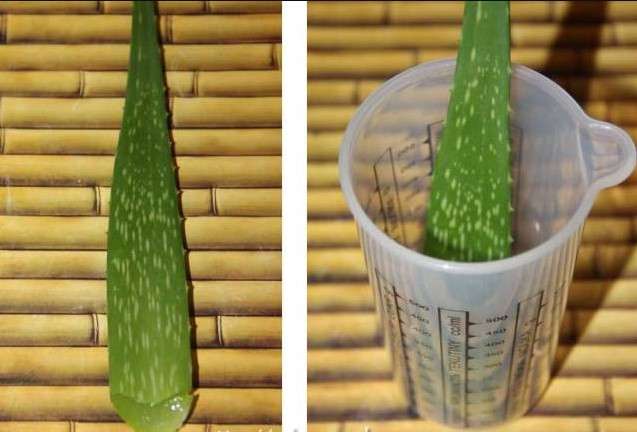

After drying, the cuttings are immersed in pre-prepared sand-based soil. The distance between the seedlings should be at least 4 centimeters. They need to be deepened a little - by about 1-1.5 cm. The soil should be watered regularly, kept moist, and after the appearance of the first roots, watering should be made even more intense.
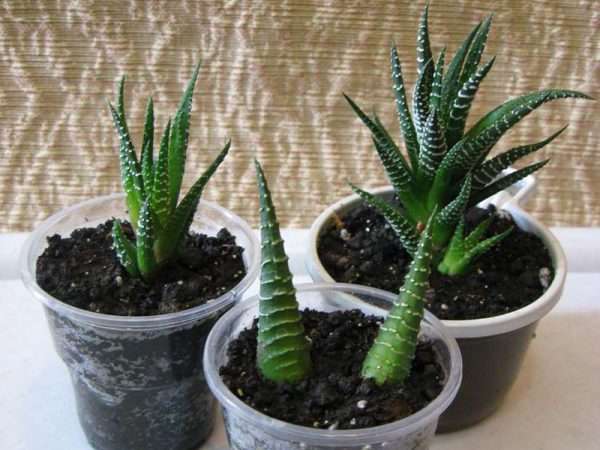

After a few weeks, cuttings that have already acquired their own root system can be transplanted into separate, larger containers.
Folk signs about aloe
Yes, among other things, some signs are associated with aloe. Believe in them or not is a purely personal matter, nevertheless, here they are:
- One old omen says - if an aloe has blossomed in your house, then an angel has settled in the house;
- Aloe protects the house and residents from evil eyes, damage and negative energy;
- If you hang a dried leaf of a plant over the door to the house, then bad and unwanted "guests" will no longer bother you;
- Another sign says that aloe gives its owners health and longevity;
- The plant helps to find a soul mate and start a family. To do this, you need to cut off 13 aloe leaves. Hide them and dry them for 12 days. On the 13th day, dry leaves were burned, and the ashes were thrown in front of the doorstep. It was imperative to apologize to the aloe for the pain;
- Protective amulets are made from dry roots by placing them in small bags. According to the omen, such amulets protect the owner from diseases, negativity and bad wishes.
Side effects
In some categories of patients, due to the use of the drug, side effects may occur. Some occur only when ingested, others when administered subcutaneously.
Gastrointestinal organs
The reaction can develop in the case of oral administration, intramuscular administration:
- dyspeptic disorders (nausea, vomiting, epigastric pain, heartburn);
- diarrhea;
- increased inflammatory conditions of the mucous membrane with colitis;
- the inflamed appendix can turn into appendicitis, which will require surgical intervention;
- thickening of the intestinal wall with obstruction.
The product is not recommended for use if the patient has abdominal pain due to an undetermined cause. It can be a direct contraindication to the use of aloe extract.
The cardiovascular system
When using the product, blood flow increases. Therefore, in a patient with essential hypertension, blood pressure rises sharply, which leads to a crisis.
If the extract is used in a patient with heart failure, it will overload the pulmonary and large circulatory systems. There is an increased heartbeat, there is an increased load on the heart.
The immune system
No negative effects of the drug on the immune system have been identified. Unlike immunomodulators, the extract does not directly affect lymphocytes. It speeds up metabolism, increases the concentration in the blood of vitamins, minerals, trace elements and other useful substances that enhance immunity.
Overdose
No cases of overdose with the extract have been identified. With excessive use, dyspeptic reactions occur, the level of potassium decreases. If the patient has taken the drug orally, he is given activated charcoal. In other cases, self-treatment is not recommended. It is necessary to immediately consult a doctor who monitors the person's condition and prescribes symptomatic treatment.
Other
The drug has a negative effect on liver function in chronic inflammation, degenerative processes. The liver removes all toxic substances from the body. Therefore, with additional exposure to the extract, hepatocytes are damaged even more.
From the body, the drug is administered by the kidneys. If an infectious and inflammatory disease of this organ is observed, the negative effect is enhanced. A chronic disease can turn into an exacerbation stage.
Signs of decay
The most important thing in root decay is to recognize the problem in time. At an early stage, it is almost imperceptible that the plant is rotting, since the roots are underground.
- Root disease is indicated by cessation of growth and drying of the trunk.
- A strong, fetid odor comes from the pot.
- Decay can also be determined by the lower leaves: they become loose and watery. The trunk of the plant begins to dry out and become bare at the bottom.
Important! At the slightest suspicion of root decay, the aloe must be removed from the pot and the root system examined.
Treatment course: features
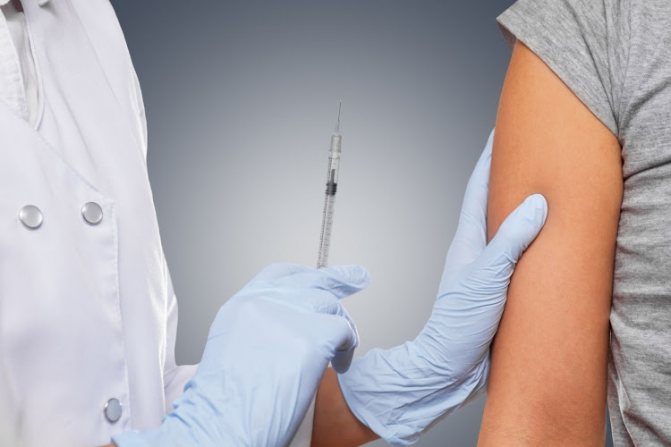

Many patients are interested in how much aloe to use. The instructions for use recommend rather long courses - from 30 to 50 injections. In some cases, when observing positive dynamics, the course of treatment may be changed. For example, in ophthalmology, injections can be replaced with drops. There are also a number of diseases for the treatment of which it is recommended to gradually increase the dosage of the drug. One of these diseases is tuberculosis. Initially, the dosage is 0.2 ml, it is increased over time.
Aloe injections are quite painful. This is completely normal. A small dose of novocaine is preliminarily administered to the patient to anesthetize the procedure. The drug should be administered only with a thin needle. Usually, together with a course of aloe, the patient is prescribed a course of vitamins B1, B6 and B12.
Soil and top dressing
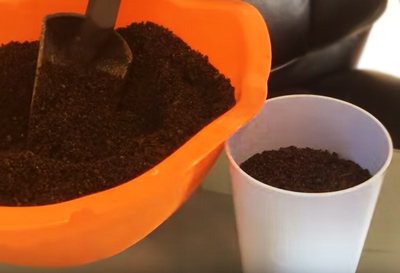

Charcoal and brick chips are added to the soil where the aloe will grow.
Or buy a substrate.
Fertilizing with mineral fertilizers is performed 2-3 times a year and only in summer.
You can use a top dressing for cactus plants. It is recommended to add it to wet soil 1 time in 3-4 weeks. Fertilization should start in April and continue until the end of September.
Important! Aloe does not suit too nutritious soil. Do not overdo it.
How to transplant
It is recommended to transplant an adult plant once every 2 years, a young one once a year. The most favorable time is spring. A drainage layer (5 cm) must be placed on the bottom. A ceramic pot and soil "For cacti and succulents" are taken for transplantation. You can prepare the soil yourself by taking 4 parts of universal soil and 1 part of coarse sand.


So, let's say we already have a pot of soil and the plant is ready for planting. Now we perform the transplant in the following sequence:
- Pre-moisten the soil.
- Make a deepening.
- Pour some sand into it.
- Insert the plant.
- Sprinkle with sand and earth.
- To give stability, it is advisable to put pegs.
- Cover the transplanted aloe with a plastic bag, leaving room for air at the bottom.
- Place the pot on a windowsill where there is more sun.
- When young leaves appear, remove the package.
At this point, the transplant process can be considered complete. Branching young leaves means that the aloe has taken root.
How else can you use the injection solution?
Due to the ability of the agent to stimulate tissue regeneration and its tonic, tonic effect, it is used in cosmetology. It is added to masks that help to provide the following effects on the skin:
- moisturizing;
- regeneration of tissue, scars, scars;
- smoothing wrinkles.
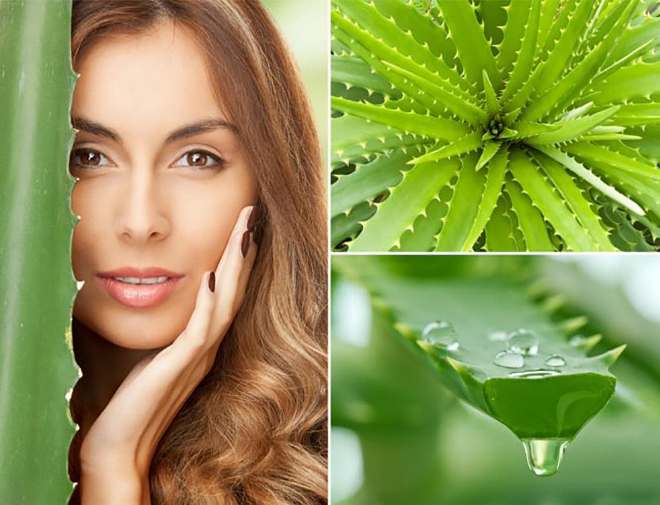

aloe extract has a beneficial effect on the skin, which made it possible to use it in cosmetology
To prepare a cosmetic product, the ingredients are mixed:
- aloe plant extract, 1 ampoule;
- sour cream, 1 tbsp. l .;
- castor oil, 1 tsp;
- honey, 1 tsp.
All components are placed in a bowl, mixed thoroughly. Apply a thin layer to the face, can be applied to the skin of the eyelids and lips. Wash off with running warm water after 20-30 minutes. The use of the mask is carried out in courses. Each of them is 7 days.
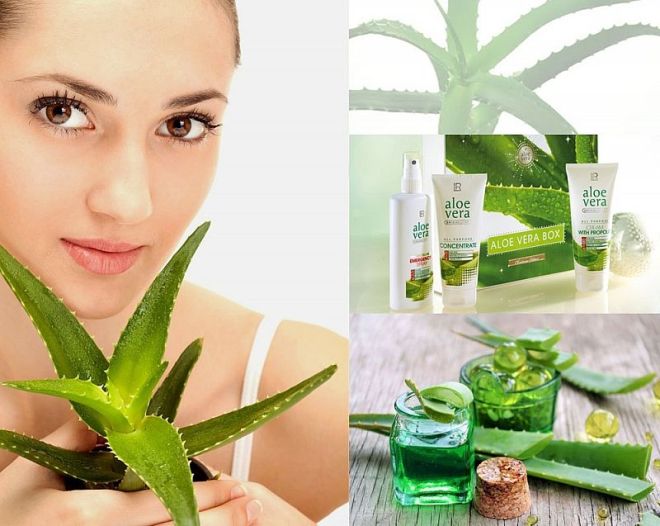

the cosmetic industry produces a variety of perfumery products based on aloe extract
When are aloe injections contraindicated?
This remedy has been studied and researched for a long time, but scientists have not identified the severe harm that a large dose of the liquid extract can bring to the body. However, it was possible to find out for what diseases and pathologies it is not recommended to inject aloe in injections. For a herbal preparation of natural origin, the remedy has a lot of contraindications, it is not prescribed for:
- tuberculosis;
- internal bleeding;
- syndrome of violation of all functions of the heart or kidneys;
- persistent increase in blood pressure;
- inflammation and pathologies of hemorrhoidal veins;
- inflammatory processes in the bladder;
- some diseases of the pelvic region;
- acute diseases of the digestive tract, especially with exacerbations of chronic ailments.
Babies under one year old, during the lactation period and during pregnancy, aloe in ampoules for subcutaneous administration is not prescribed. As well as in the presence of hypersensitivity or allergy to the active substances included in the extract.
Aloe injections can be prescribed for children, but only after consulting a specialist.
Lighting
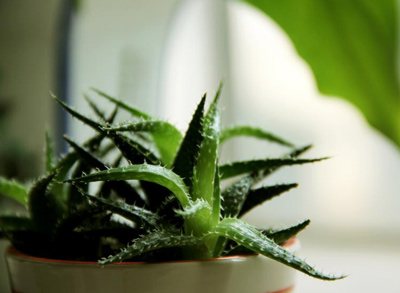

Aloe is one of those indoor plants that love light very much.
So choose for it the brightest place in your home.
In addition, it is necessary to often turn the plant towards the light - twist it in one direction or the other.
Otherwise, the trunk will bend.
Important! During warmer months, keep your aloe outdoors if possible (on your balcony or garden). Just take care of the rain protection.
Diseases and pests
With an excess of moisture, such troubles arise as root and dry rot.
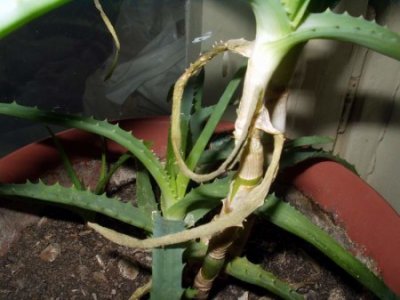

Root rot accompanied by a sudden inhibition of the growth of aloe and its gradual drying out. When these obvious signs occur, the only way to confirm the disease is digging up to examine the roots.
If rot on the roots is found, then you need to carefully cut off the spoiled roots, treat the untouched healthy parts and cuts with coal, and then transplant into new soil with a lot of coarse sand.
After transplanting, do not water the plant for three weeks.
Dry rot insidious lack of external signs. The plant dries from the inside. There are no remedies for this ailment.
Pests infect the agave in case of violation of the rules of care or infection from other plants. The shrub is affected by thrips, scale insects, mealybugs and spider mites. These small insects suck the juices out of the aloe.
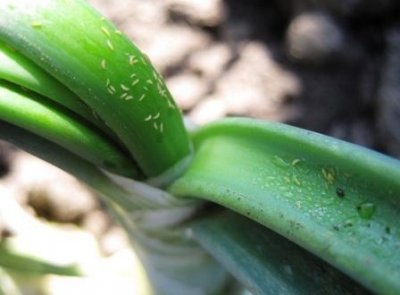

When affected by thrips, scale insects and mealybugs, it is necessary rinse the plant with a sponge and soapy water. In the initial stage of the disease, this will get rid of insidious insects. If insects have spread on a large scale, then the forced method - use of chemicals. The plant is sprayed with insecticides, and a week later, a control procedure is carried out to get rid of the remaining insects and their larvae.
In the case of spider mite infections, completely different drugs are used - special anti-mite.
Interaction of aloe with other drugs
There are situations when this natural remedy is prescribed with extreme caution, injections are given under the supervision of a specialist. It is about combining aloe extract with the following products and medicines:
- antiarrhythmic and cardiotonic drugs;
- corticosteroids;
- licorice rhizome;
- drugs that stimulate hematopoiesis;
- laxatives and diuretics.
It is important! If the injection drug is used for too long or is administered at the same time as a diuretic or corticosteroid, the risk of potassium deficiency is high.
What is a biostimulant?
The concept of "biostimulants" was introduced into medicine by the scientist VP Filatov.What is it? These are substances that are secreted by living tissue, which is on the verge of cessation of its vital activity, in order to fight for survival. It was experimentally noted that in the presence of special conditions, such substances significantly increase a person's defenses, activate immunity, and, accordingly, the patient's health condition improves, and the process of his cure is greatly facilitated and accelerated.
Aloe is also capable of producing biostimulants. But this requires a number of specific actions with the plant in order to create conditions dangerous for its life. For example, it is necessary not to water the flower for two weeks, and then leave the cut leaves for several days in a cool, dark place - this stimulates the production of necessary substances. It is thanks to this ability that aloe has beneficial properties. And the use of aloe in medicine is also associated with the release of specific biologically active substances from the plant.
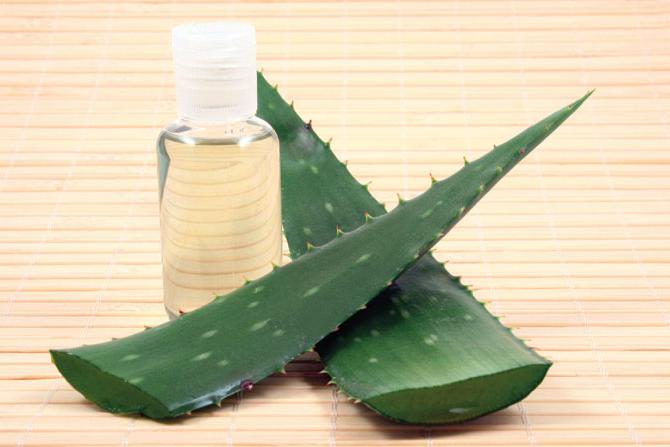

Components of the drug
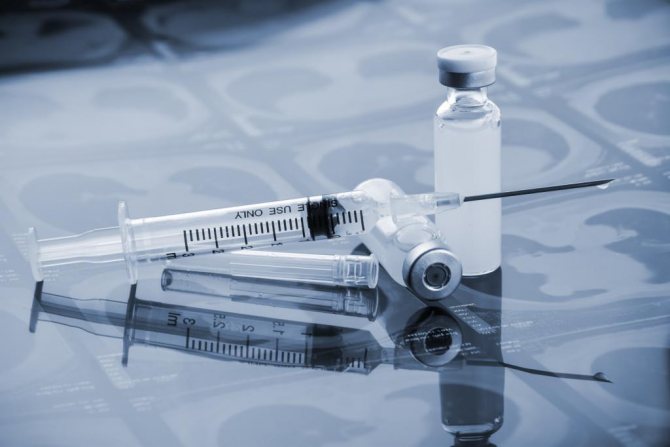

So what do you need to know about this? Aloe for injection includes the following components:
- dry plant extract;
- sodium chloride;
- water.
To obtain dry aloe extract, such technological processes as freezing and hydrolysis are used. The active ingredients are the following substances: aloin, homonatoloin and natoloin. Also, the composition of the drug includes minerals, vitamins, acids, glycosides.
Use in cosmetology


Aloe ampoules are widely used in cosmetology. The instruction allows the use of this medication for the preparation of masks. The main advantages of the drug are such qualities as skin rejuvenation and toning. To achieve a cosmetic effect, moisturizing masks are used. With their help, it is possible to achieve resorption of small scars and smoothing of wrinkles.
The following components are used to prepare the mask:
- one ampoule of aloe extract;
- a tablespoon of sour cream;
- a teaspoon of castor oil;
- a tablespoon of honey.
All ingredients should be mixed until a homogeneous mass is obtained and applied to the skin of the face. The mask should be kept on for 20 minutes. After that, the residues are washed off with warm water. The rejuvenating effect will be noticeable after 2-3 procedures.
Care rules
If you need an unpretentious plant, then you should choose aloe tree. Caring for it at home comes down to observing the following rules.
- Lighting. Loves bright light and sun. The flower pot is placed on the south side. No shading required. After a dormant period, aloe is gradually adapted to bright light to avoid burns.
- Temperature. During the day, they are kept within 25 ° C. At night they lower it - open the window. In winter, they create conditions of low temperatures, make sure that the thermometer does not drop below 10 ° C.
- Humidity. The fleshy leaves of aloe contain a lot of moisture. The flower can easily withstand the dry air of apartments. Aloe is not sprayed. Dust is removed by hand with a damp soft cloth.
- The soil. To restrain growth, weakly acidic soils, poor in organic matter, are used. The ideal option is a ready-made soil for succulents. Independently, the soil mixture is prepared from turf, humus, sheet earth, perlite, coal and crushed brick.
- Watering. Watering is carried out as needed - when the topsoil dries out. Use a small amount of warm soft water. In winter, watering is minimized.
- Top dressing. Use fertilizer for succulents. Application frequency - no more than 3 times during the active growing season.
- Transfer. Transplanted immediately after purchase. Transplantation of young, actively growing bushes is carried out annually. Adult specimens do not disturb for 3-4 years.
- Pruning. The shape of adult plants is corrected by pruning. Trim the tops and side shoots to rejuvenate the bush.The cut off shoots can be used as cuttings for new young plants.
Advice! To keep the stem even, the tree is turned to the light with the other side every 2 weeks. The loss of decorativeness is corrected by pruning and rooting of new plants.
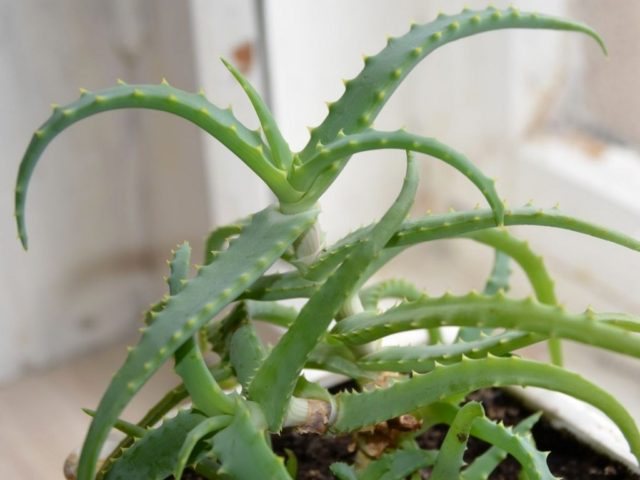

Patient Testimonials
What is usually of interest to patients who are prescribed aloe injections? Instructions, injection technique and reviews - this information can be useful to them. Many people speak positively about a drug such as aloe extract. This tool allows you to strengthen the immune system and strengthen the protective functions of the body. In addition, aloe has been shown to be highly effective in treating bronchitis and stomach ulcers.
As the main drawback, patients note the painfulness of the injections. This is normal for this drug. Usually, novocaine is used for the purpose of pain relief. A big advantage of aloe extract is that this drug has virtually no side effects. In some cases, there may be signs of individual intolerance.
Consequences of liquid stagnation and poor ventilation in a flowerpot
As already said, aloe does not tolerate stagnant liquid in a pot... If there is no drainage layer or it is of poor quality, then the water will linger for a long time. In this case, the root system will rot. For aloe, such a phenomenon is destructive, since the flower grows in the wild in dry lands, even in deserts. It tolerates drought more easily than an excess of fluid.
An equally dangerous moment for aloe is poor ventilation in the flowerpot. When the air cannot penetrate into it unhindered. This is due to the lack of natural disintegrants in the composition of the soil. The consequences of compacted soil are yellowness and drying of the leaves.
Varieties of injections, dosage and courses of therapy
Given the versatility of the product, its effectiveness and naturalness, many make the mistake of purchasing ampoules with aloe and using them on their own. In fact, the extract contains powerful active substances that can act both positively and negatively on the body. Therefore, it is important to know how to give aloe injections, to correctly determine the dosage and duration of the course, and this can only be done by specialists.
Subcutaneous injection of the drug
In the instructions there is a recommendation to inject aloe subcutaneously, in this case there is a slow absorption of the active substances, which act gradually. Only one injection is given per day, a single dose is:
- for adults - 1 ml;
- for children over 5 years old - 0.5 ml;
- babies up to 5 years old - no more than 0.3 ml.
A maximum of 4 1 ml doses are allowed per day, however, such an amount of funds is rarely prescribed. And a single injection in such large volumes is very painful, so the dosage is reduced in favor of a longer course.
It is important! Before giving injections of liquid aloe, it is recommended to conduct a test - inject a little of the drug under the skin of the forearm. If there is no negative reaction of the body, you can proceed with the main therapy.
The procedure will require: a glass vessel with a portion of the extract, a syringe (preferably insulin, with a thin needle), cotton wool, a little medical alcohol:
- Hands should be thoroughly washed and treated with cotton wool soaked in alcohol.
- You need to choose a suitable place - you can inject aloe subcutaneously into the abdomen, forearm, thigh or buttock.
- A sediment may form at the bottom of the ampoule, which is quite acceptable. In this case, it must be shaken before use so that the liquid acquires a homogeneous consistency.
- If the injection is not the first, it is important not to get into the place of the previous injection - in this area the skin will become painful, thickening and even a scar will appear.
- The drug is drawn into a syringe and injected very slowly, this will exclude the formation of a seal at the injection site.The needle should enter the skin at a 45-degree angle, no more than two-thirds of its depth.
- When the composition is injected, remove the syringe and apply a cotton swab soaked in alcohol to the puncture site.
If a child or an adult does not tolerate the pain that occurs during the administration of the drug, then 0.5 ml of a 2% solution of novocaine can be administered before the procedure.
It is worth remembering that a drug for subcutaneous administration should be prescribed by a doctor, especially if injections are given to children. In this case, the recommendation of a specialist is necessary.
If several courses of injections are required, there must be a 2-3 month break between them.
Intramuscular injection of aloe
According to the attached instructions, aloe for injection is intended for subcutaneous administration. However, some doctors still prescribe intramuscular injections. But, there is an opinion that aloe is not absorbed intramuscularly properly, and in addition, painful seals often occur at the injection site.
So, if a specialist prescribes aloe in ampoules in / m, it is worth clarifying this point.
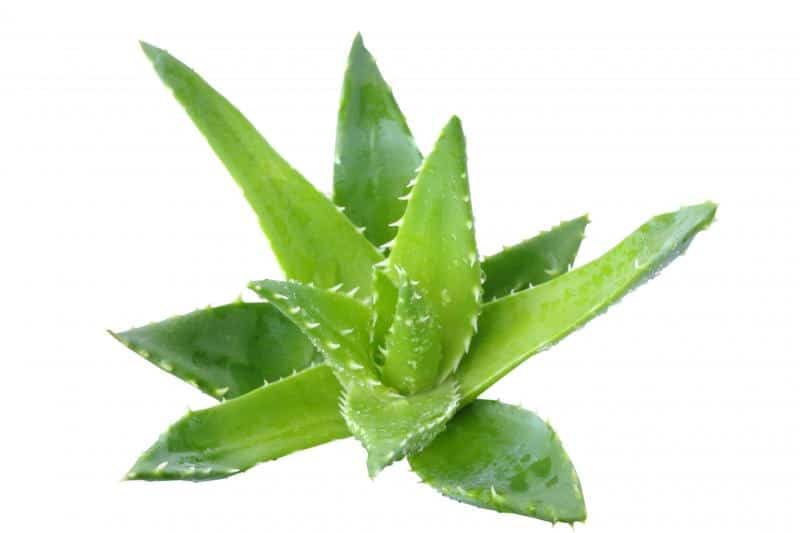

Structure
The main active ingredient of aloe in ampoules is an extract of aloe tree in liquid form. The solution also contains water for injection and sodium chloride.
What are they used for?
Aloe extract belongs to the means that affect metabolic processes and normalize the digestive system. The drug is prescribed for diseases such as:
- infectious sluggish pathologies (pneumonia, bronchitis, bronchial asthma);
- progressive myopia;
- clouding of the vitreous body;
- keratitis;
- iritis;
- blepharitis;
- myopic chorioretinitis;
- stomach ulcer, duodenal ulcer (as a component of complex therapy).
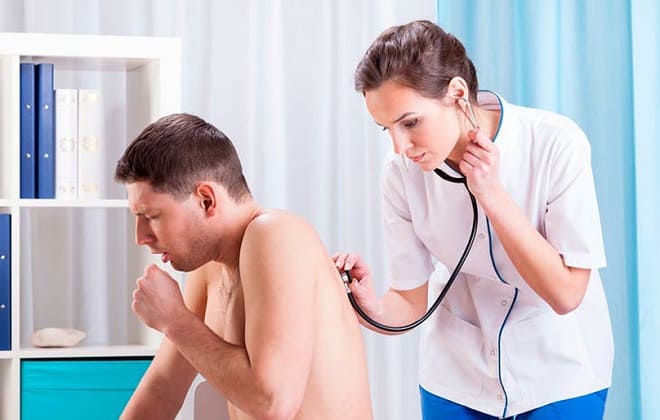

This is not a complete list of indications for use. Aloe injections are used in gynecology as an anti-inflammatory agent. The healing effect of aloe is used in the treatment of infertility, ovarian cysts and cervical erosion.
Injections help patients who need:
- improve cellular metabolism;
- increase resistance to the effects of pathogenic microorganisms;
- accelerate regenerating processes;
- increase appetite;
- stimulate the protective functions of granulocytes.
Aloe injections are useful for men, not only for severe inflammatory processes, but also for infertility. Under the influence of injections, the energy reserves in the sperm are increased, due to which their mobility increases.
In gastroenterology, the aloe preparation is used for gastritis, with its help it is possible to reduce the severity of the inflammatory process. Thanks to the anti-inflammatory and antimicrobial action, the condition of patients with peptic ulcer disease is improved. With the injection of the specified drug, pain is reduced.
The medicinal properties of the herbal extract are used for dermatological problems. Apply a solution from ampoules to the face for acne. Injections are not needed to stimulate the protective functions of the epidermis. In cosmetology, you can use a liquid plant extract, which is intended for external use. You can find many creams, ointments, lotions containing aloe vera on the market.
Self-massage of the face can activate cellular metabolism, increase skin elasticity and prevent the negative effects of free radicals on the skin.
First, the skin must be lubricated with tincture.
External use of aloe extract in ampoules is indicated for burns, trophic ulcers, abrasions and other skin lesions.
Contraindications
Do not prescribe aloe solution to patients who have previously been diagnosed with hypersensitivity to the components of the drug. The list of contraindications to the use of the product includes:
- gastrointestinal disorders;
- violation of intestinal patency;
- arterial hypertension;
- severe cardiovascular disease;
- ulcerative colitis;
- appendicitis;
- Crohn's disease;
- hemorrhoids;
- dysfunction of the kidneys, liver;
- diffuse glomerulonephritis;
- complicated nephroso-nephritis;
- cholelithiasis;
- hemoptysis;
- metrorrhagia;
- cystitis.


Pregnant and lactating women are not advised to use aloe for injection. This recommendation is due to the fact that the mechanism of action of the biogenic stimulant has not been studied enough.
Photo
See more photos of aloe tree:
Useful qualities of the plant
Aloe is a common indoor plant due to the fact that it is unpretentious to climate change and does not require special care. Despite the fact that this flower can be seen in every second house, most people know little about its healing properties. The most commonly used juice is aloe. Its useful properties and contraindications have been familiar to people of different nationalities since ancient times. With its help, they were treated for colds viral infections, treated wounds for antiseptic purposes, fought with dermatological problems and skin burns. And to this day, the juice of the plant is widely used in folk medicine.
In fact, aloe has a broad spectrum of action. The medicinal properties and contraindications to the use of this plant for medical purposes have been studied by medical scientists and traditional healers for a long time.
With its help, diseases of the female reproductive system, problems of the gastrointestinal tract, inflammatory processes in dentistry, burns and various dermatological diseases are treated. Aloe is used in cosmetology for rejuvenation and elimination of pigmentation and much more.
The healing properties of aloe vera are as follows:
- anti-inflammatory;
- antibacterial;
- antifungal;
- moisturizing;
- regenerating;
- soothing and wound healing;
- pain relievers;
- immunosuppressive.
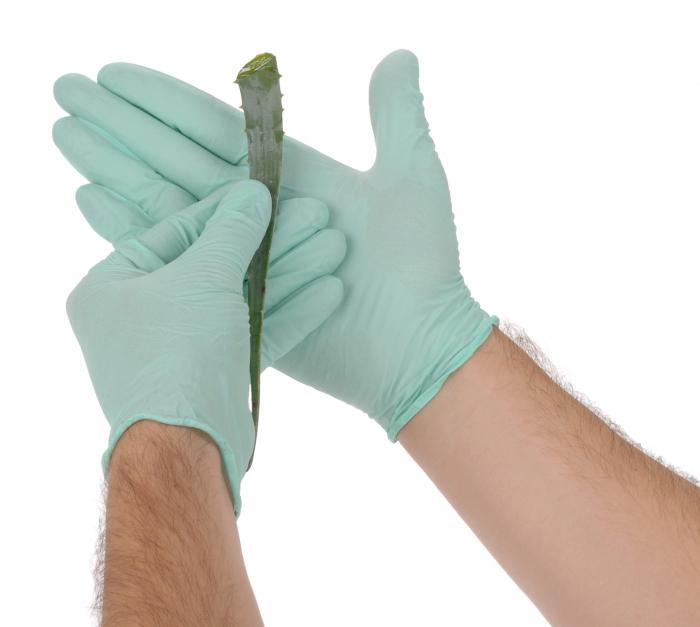

Soil characteristics
The natural environment of a migrant from southern countries is an arid climate, an abundance of sunshine, high air temperatures and minimal rainfall. As a result, the soil is poor in composition and moisture content, namely: sandy, stony or clayey. These are the main characteristics that should be followed when choosing a soil for aloe. In heavy fertile soil, the roots of the succulent will rot, and in the absence of air circulation, the leaves will begin to turn yellow and dry out, which is detrimental to the plant. It is important to provide high-quality drainage, for example, the soil should be sufficiently loose and free-flowing - this will allow oxygen to penetrate unhindered to the roots and help to avoid moisture stagnation.
So, the soil for aloe should have a number of the following characteristics:
- have a light and loose structure;
- contain natural leavening agents;
- do not retain excess moisture for the plant;
- promote the penetration of air to the roots.
